ENTR 301: Technopreneurship and Entrepreneurship - Key Aspects
VerifiedAdded on 2022/09/15
|5
|664
|20
Report
AI Summary
This report provides a comparative analysis of technopreneurship and entrepreneurship, highlighting their key similarities. It defines entrepreneurship as the planning and establishment of a business while explaining technopreneurship as an extension of entrepreneurship that integrates new technology for innovation. The report uses examples like Tesla, Apple, and McDonalds to illustrate how both approaches address market opportunities and customer needs, emphasizing the importance of risk mitigation. The technopreneurial process is outlined, starting with idea generation and screening, followed by concept testing, business analysis, prototype development, test marketing, commercialization, and continuous monitoring and updates. The report concludes that both technopreneurship and entrepreneurship share the primary goal of satisfying customer needs and increasing profit margins.
1 out of 5
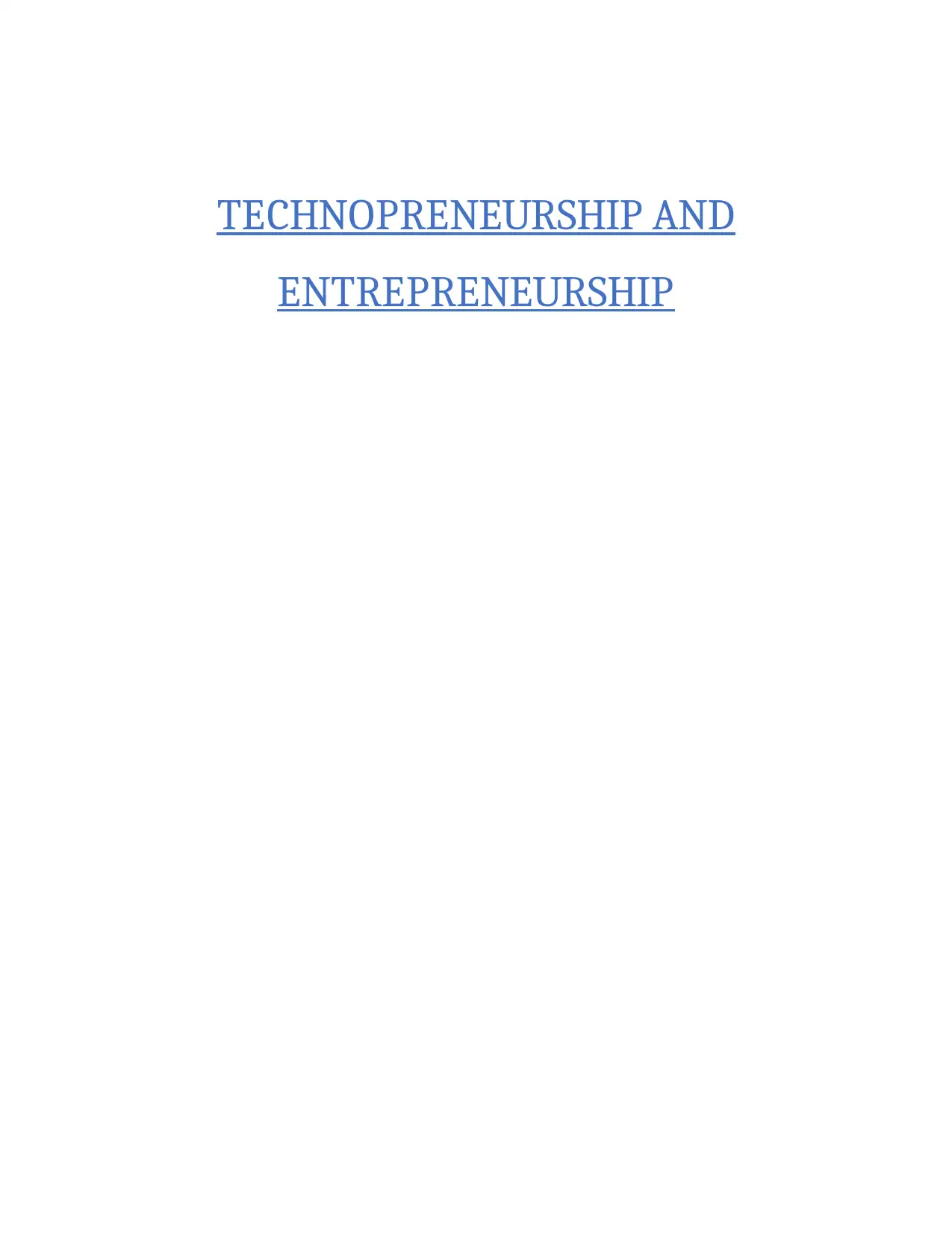
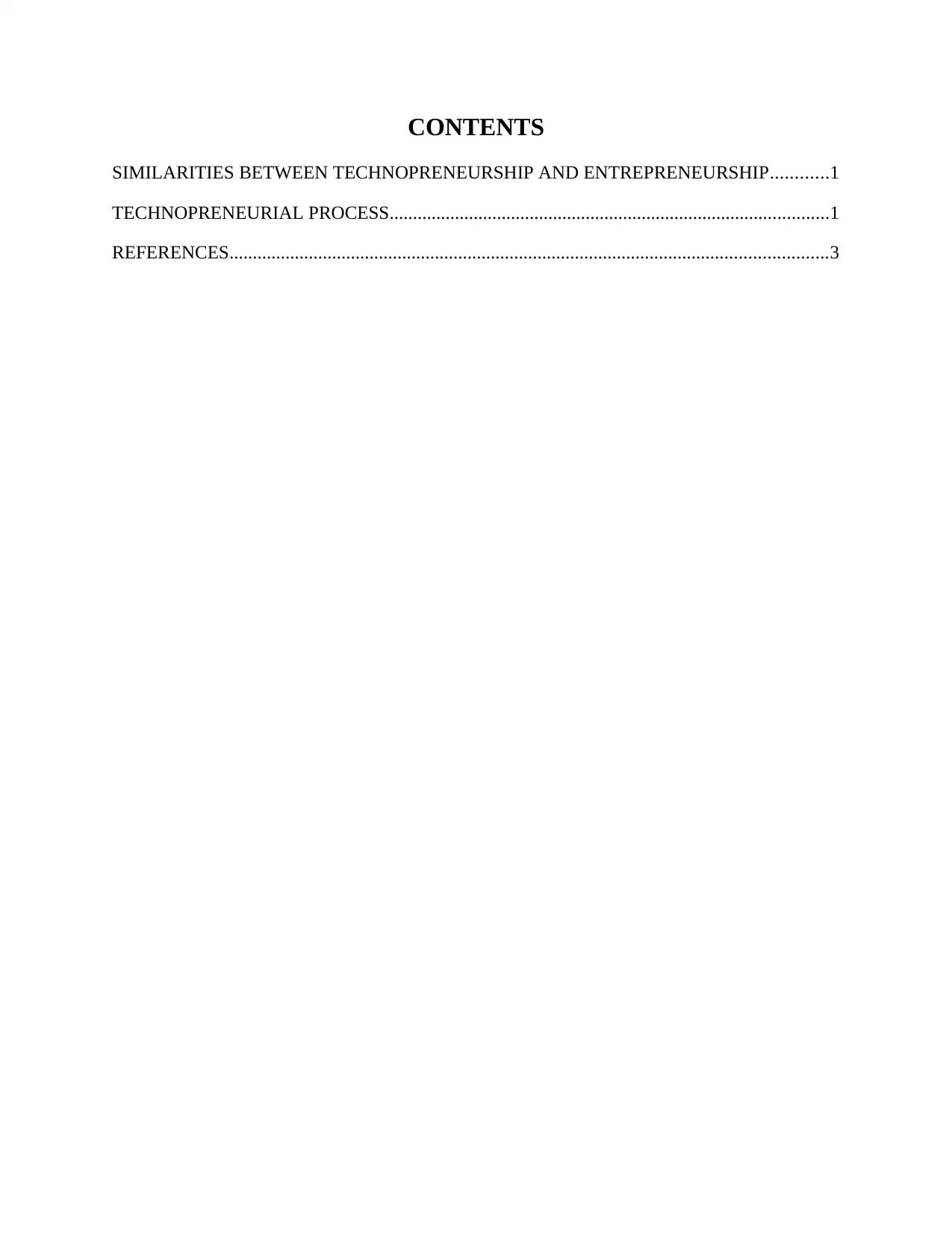
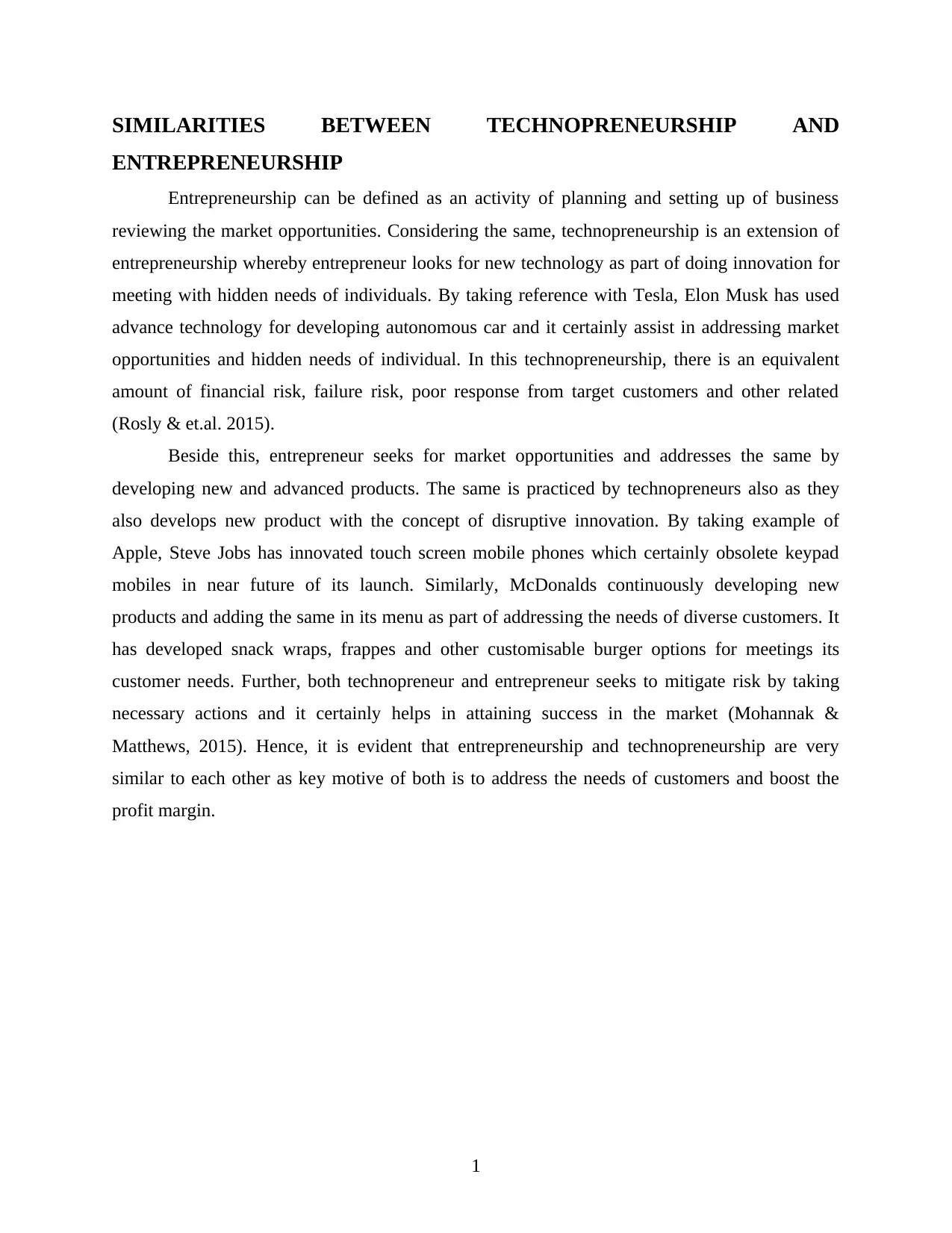

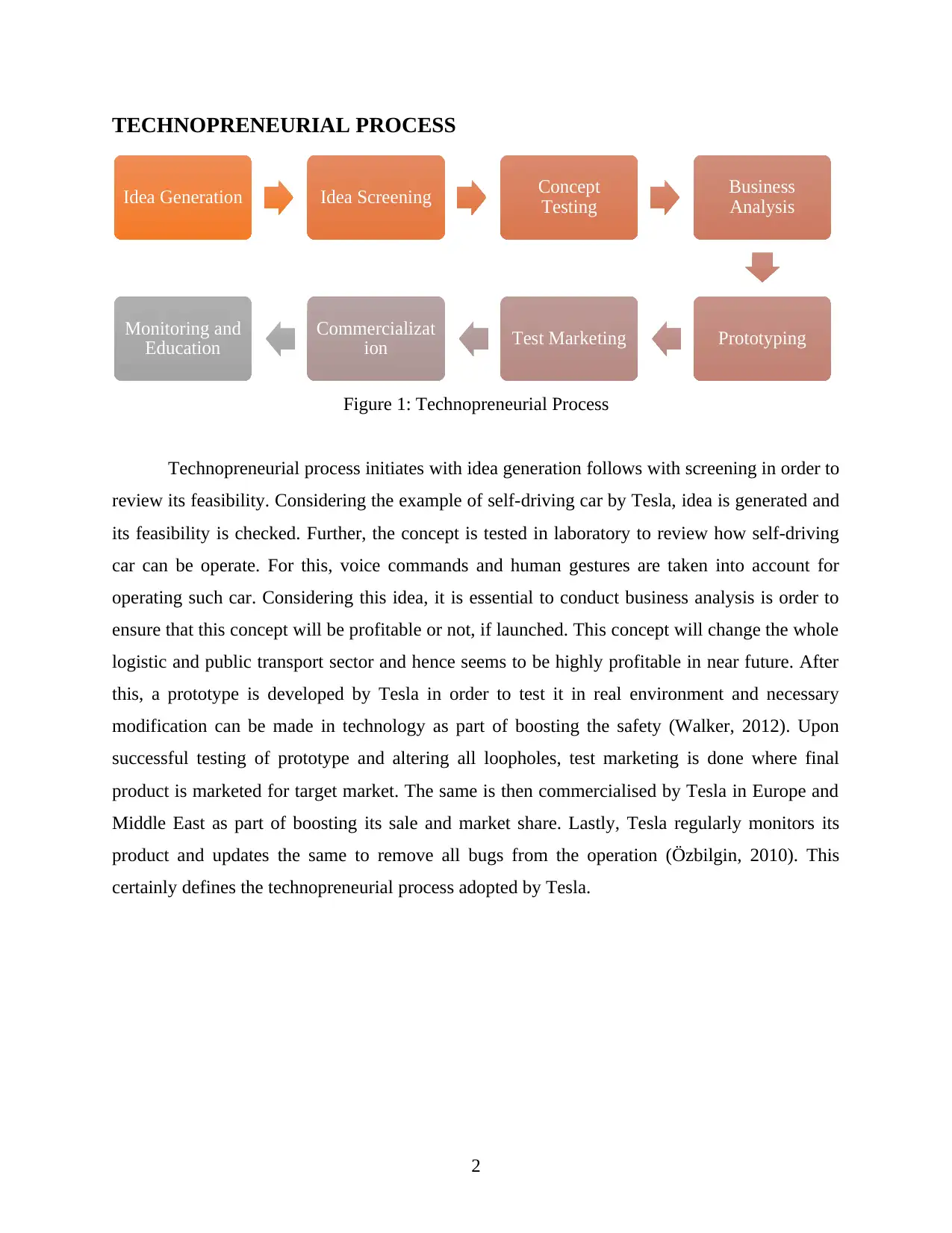
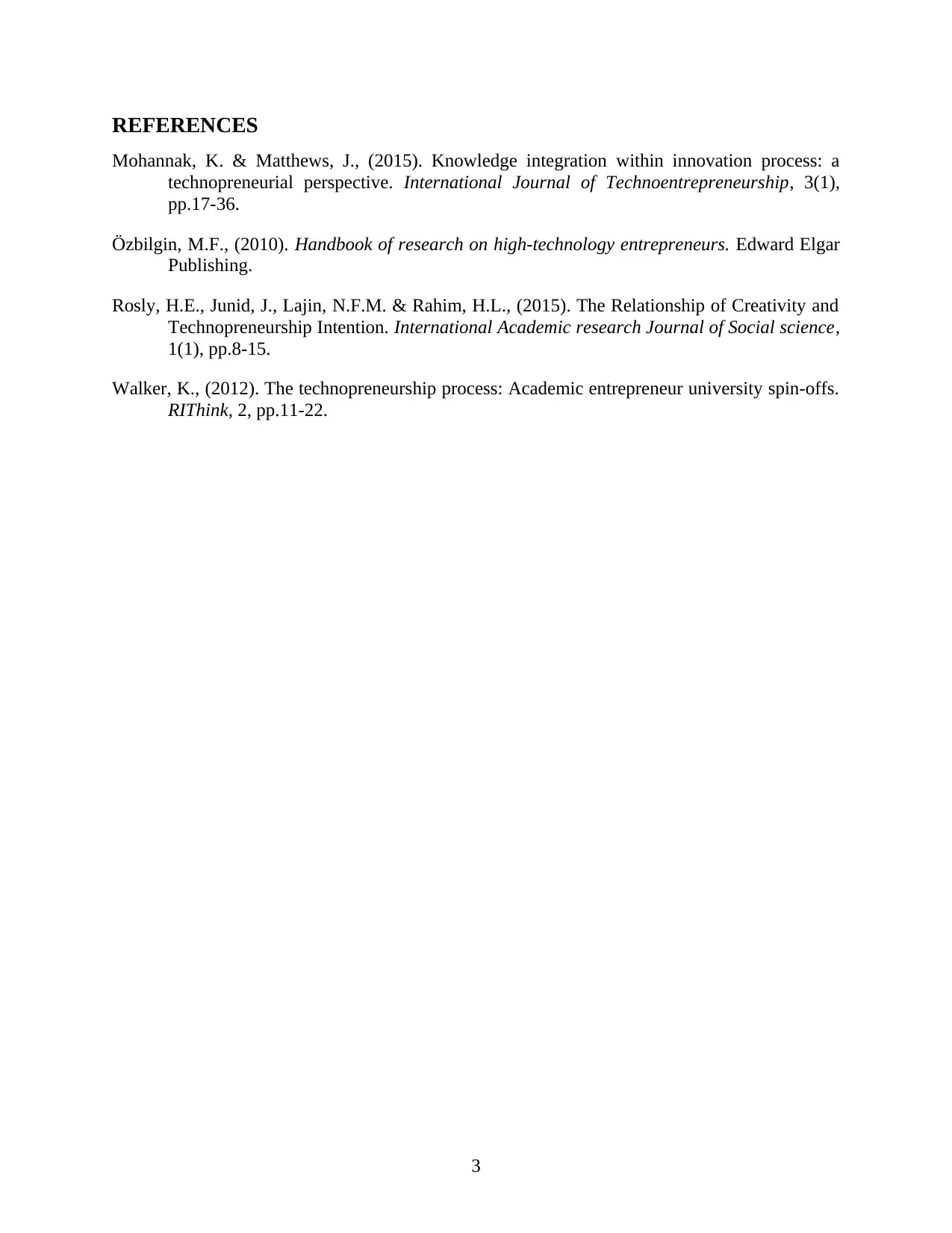




![[object Object]](/_next/static/media/star-bottom.7253800d.svg)